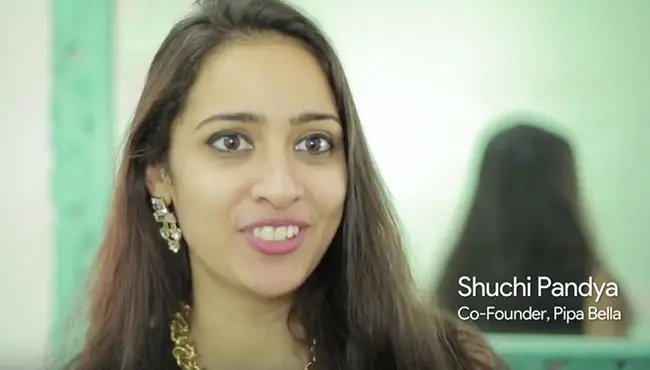ARTIST
Shuchi Pandya, Founder of the Unique And Modern Jewelry Brand- Pipa Bella

Shuchi Pandya is the founder of Pipa Bella, an innovative digital fashion firm that provides women in India with fashionable fashion jewelry and accessories. They boast a range of 1000+ distinctive, quality-assured, and inexpensive styles, as well as the finest of e-commerce, social media, personal service, and amazing loyalty rewards.
Shuchi was drawn to this industry because she was born into a family of jewelers. She grew up in a family of jewelers in Mumbai, where the topic of best business practices and the concept of producing value via company was frequently discussed at the dinner table.
She enrolled at the Wharton School of Business in 2010 to get her MBA. She started working on Pipa+Bella there, and she learned a lot about what she needed to consider when starting a new-age/tech-based company.” She took an eight-week course on how to write and propose a business plan while at Wharton. She studied finance and accounting lessons as well as a coding course to fill up the gaps in her knowledge. Pipa+Bella was conceived with the help of several exceptional experts.
Pipabella disrupts a conventional sector with innovative technology tools, and in a short period of time, it has become the market leader in ten fashion jewelry categories.
Sonam Kapoor, Jacqueline Fernandes, Alia Bhatt, and Anushka Sharma have all worn Pipa Bella jewelry, and their goods have been featured in over 50 online and print fashion and business media.
Shuchi is well aware that their uniqueness gives them an advantage. The brand adds about 100 new designs every week, and they are growing their website’s customisable part, where clients may submit their own patterns to be manufactured. Their business approach is inventory-based and technology-driven, and they have a 12-person staff. Pipabella.com just received the Google SMB Heroes 2017 Award and was named to Singapore’s Startup-O Javelin Fund’s Top 25 Startups.
